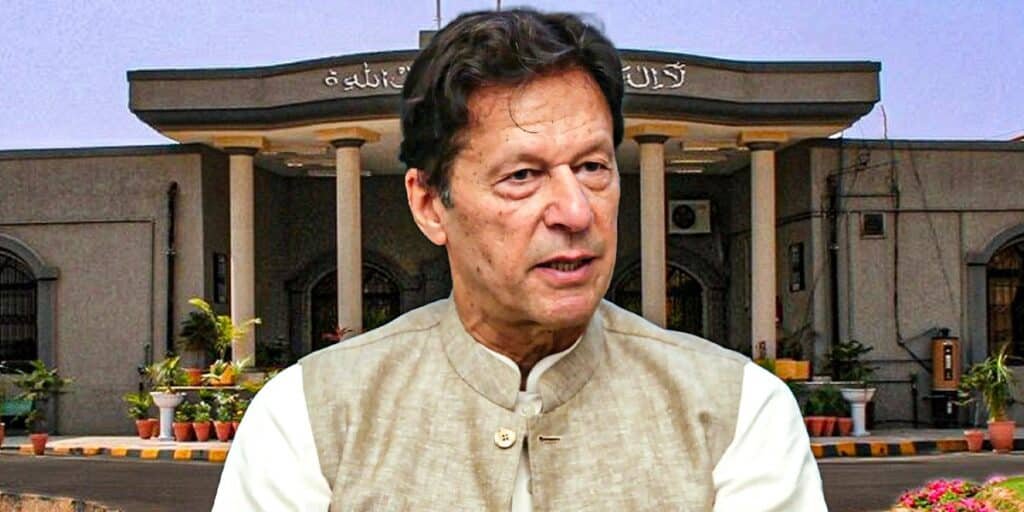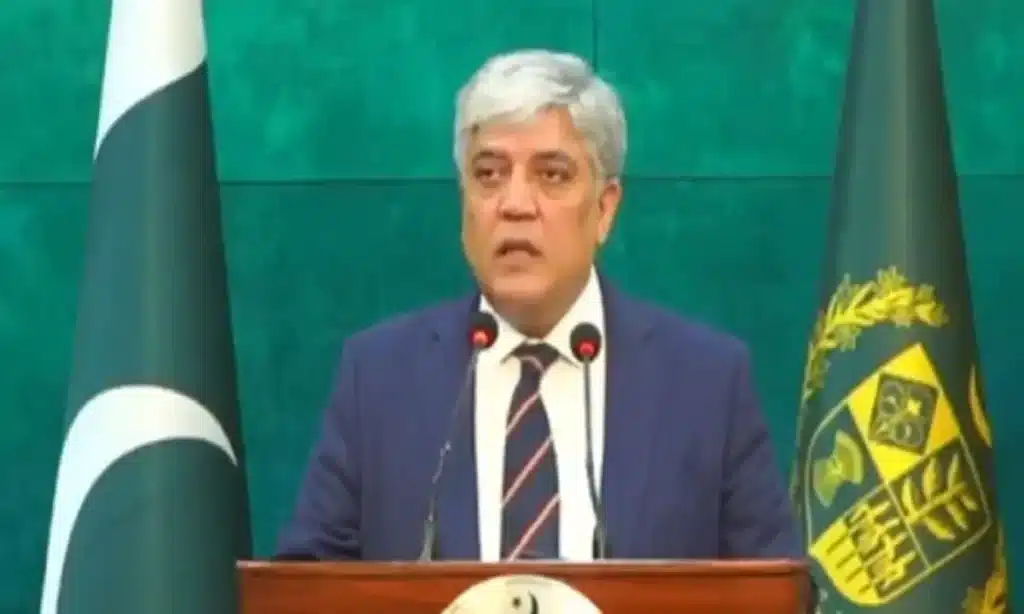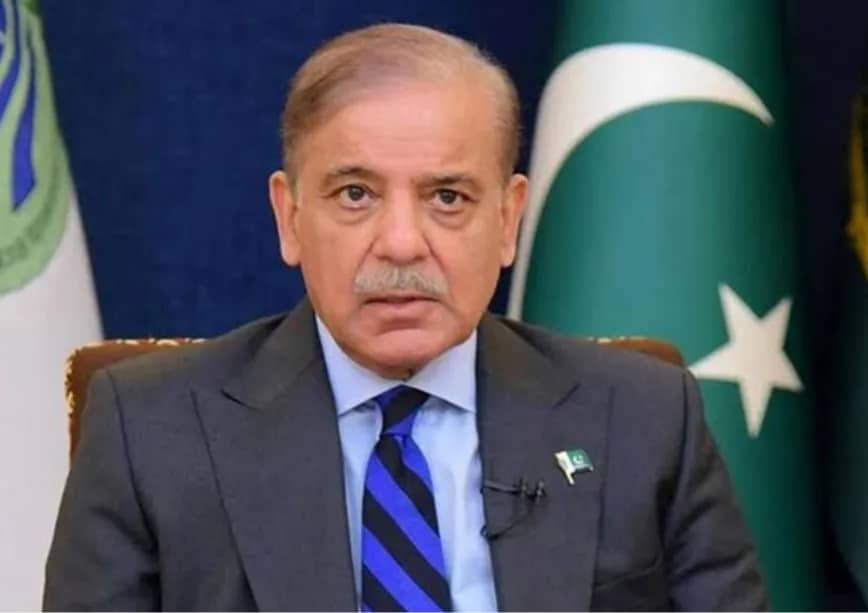ISLAMABAD: In the fiscal year 2025–26, the Pakistan Air Force (PAF) has been allocated Rs 520.74 billion, marking a significant rise from the Rs 451 billion it received in the previous year. This 15.5% increase is part of a broader defense budget hike that reflects Pakistan’s focus on military preparedness amid regional tensions and evolving security dynamics.
Despite economic challenges and pressure on public spending, Pakistan has maintained the traditional distribution of its defense budget among the three-armed forces. Since 2019, the Army has consistently received the largest share at around 47.5%, followed by the Air Force with 21.3%, the Navy at 10.8%, and the remaining 20.3% going to inter-services organizations. This steady allocation ratio underscores the Air Force’s continued importance within the country’s defense strategy.
Within its budget, the PAF manages four primary spending areas. A substantial portion goes toward employee-related expenses, covering salaries and benefits for both military personnel and civilian staff. Operating expenses, which include costs for fuel, rations, training, and medical services, form another large chunk. Investment in physical assets—particularly in the procurement of arms, ammunition, and modern aircraft—remains a central focus. The final portion of the budget supports civil works, including infrastructure maintenance and new construction projects critical to operational readiness.
In 2024–25, the PAF used Rs 161 billion on employee expenses, Rs 96 billion on operations, Rs 140 billion on physical assets, and Rs 54 billion on civil works. With the increased funding for 2025–26, all these areas are expected to see expanded investment, especially procurement and modernization efforts.
The increase comes at a time when the PAF is actively pursuing modernization initiatives, including acquiring Chengdu J-10C fighter jets from China and continuing work on its indigenous fifth-generation fighter program, Project Azm. These projects aim to significantly enhance Pakistan’s air defense capabilities, boost deterrence, and improve its ability to respond to emerging threats in the region.
Read also: China hails PAF’s performance, effective use of Chinese technology in Pak-India tensions





